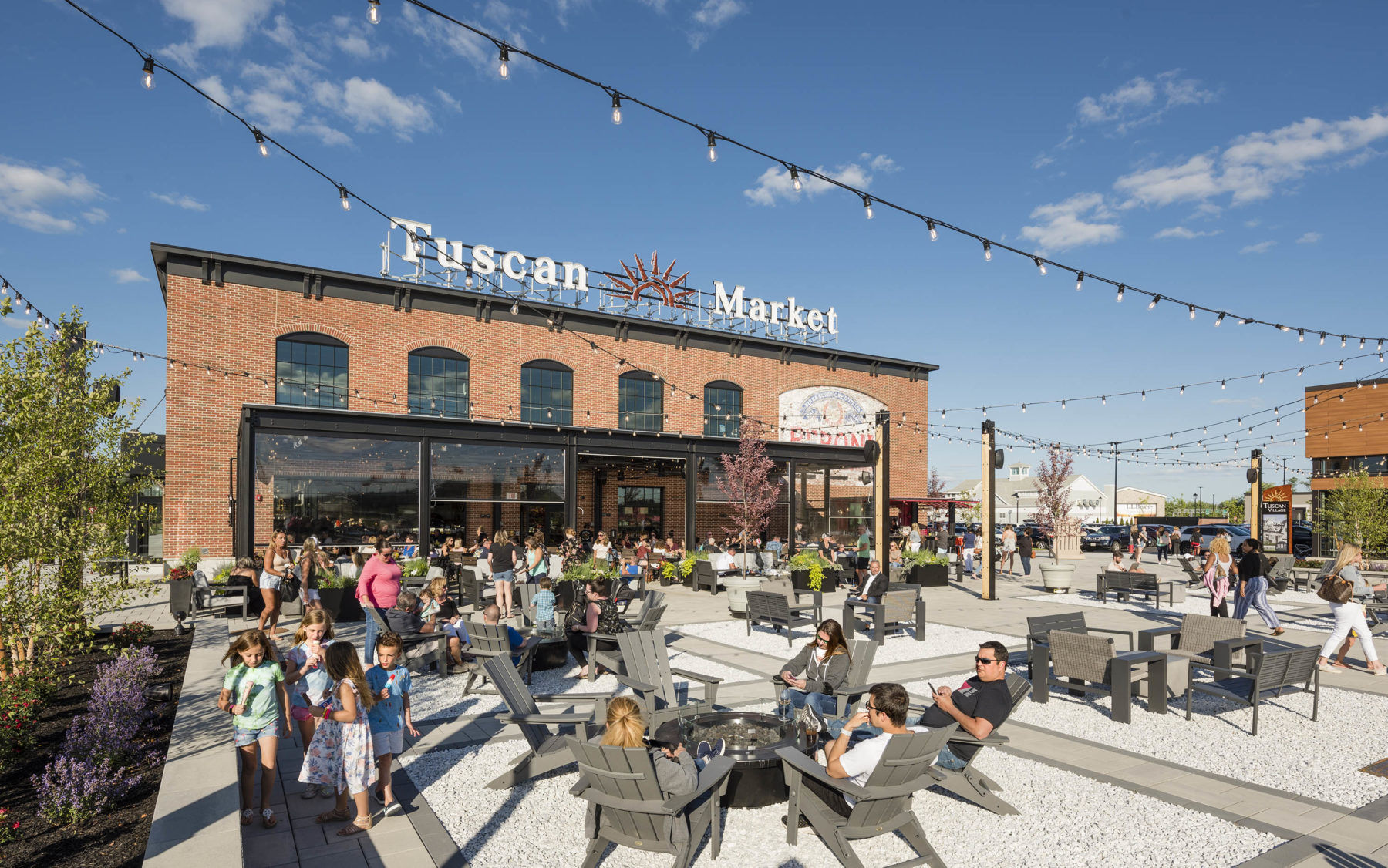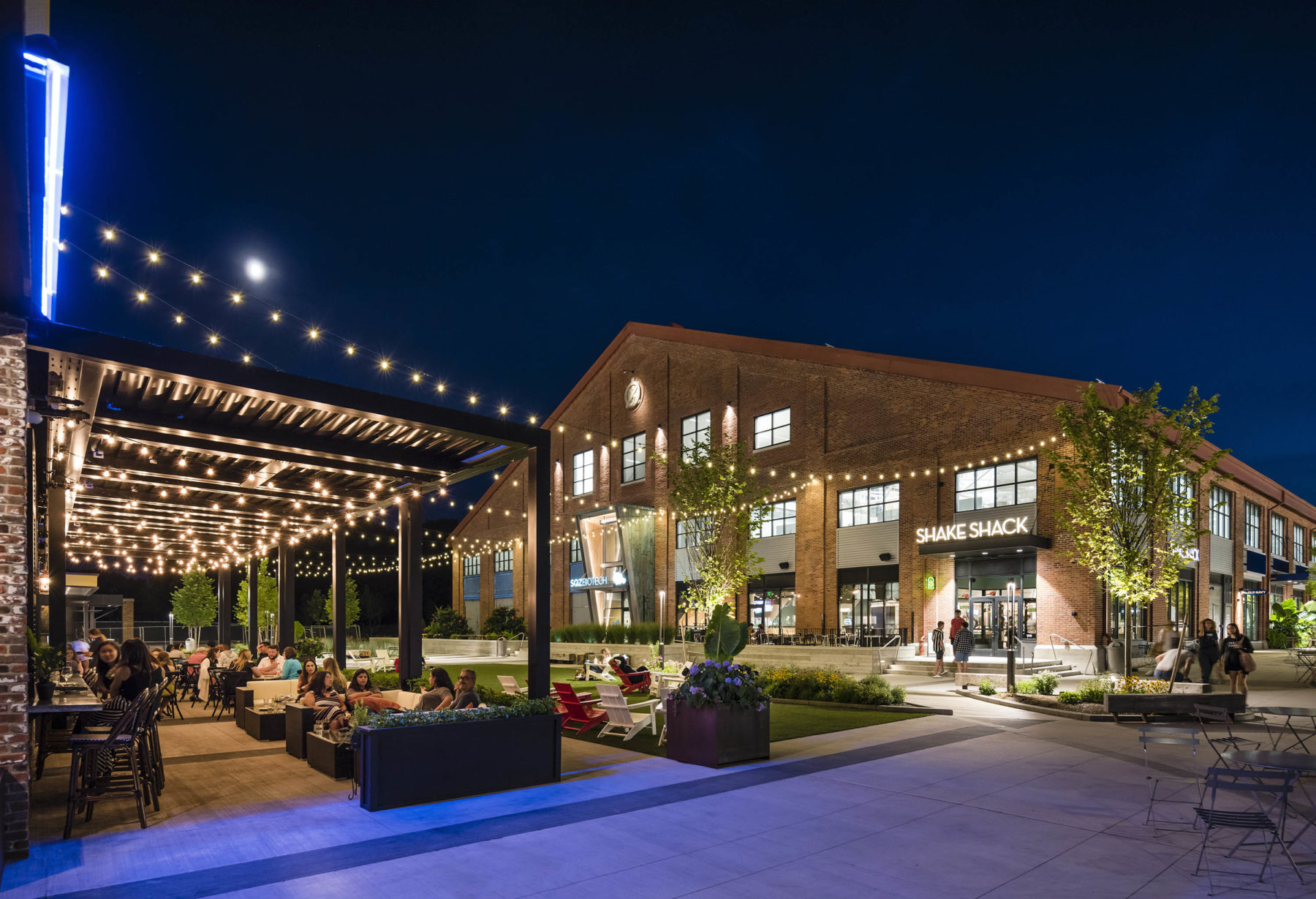PCA’s Laura Portney tackles the central question at the heart of today’s placemaking: Why Do They Come?
One thing we know about retail venues in 2022 is that offering a singular experience is a sure way to fail. If you think about traditional shopping venues including the suburban indoor mall, you can understand why its appeal is limited. It has a function. But for me, a trip to the mall is not what I would call fun.
The mall experience aside, it’s clear we have more choices than ever these days on where to spend the shrinking amount of time available to us. This begs the question, why do people come, and then return, to experience and enjoy a particular place? A good start towards answering this question is human nature.
In his landmark 1989 book titled The Great Good Place, sociologist Ray Oldenburg examined the shared human need for community interaction and enjoyment. Oldenburg cited human history and our collective need for “third places” where people gather, escape from the confines of home and work and enjoy the social vitality experience of a community space. His take: most of us have an innate need for the shared experience of the block party, the neighborhood bar, the street festival and the village market.
Our work planning and designing mixed-use retail developments confirms – and adds to – this universal and emotional connection. These experiences, including mixed-use destinations Arsenal Yards, Tuscan Village and MarketStreet Lynnfield, build upon the research of Oldenburg and others to understand what works and why people come. Here are a few that stand out as reasons to come – and to come back.
Density – Once considered a conversation stopper in host communities, density is a proven advantage in the quest for successful retail and mixed-use developments. Think about the most celebrated retail places in the world. Les Champs-Elysées in Paris, Bond Street in London and Fifth Avenue in New York are immersive, intuitive experiences in part because of building density and height.
Multistory buildings establish an appealing setting for shoppers and pedestrians. An additional benefit to zoning for added density is economic– the jobs and other ripple effect impacts made possible with more space for residential, commercial and hospitality uses.

